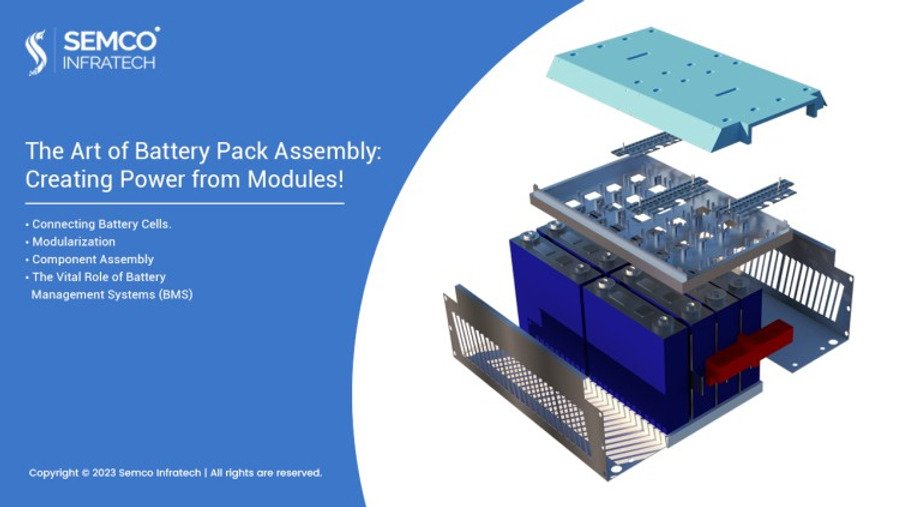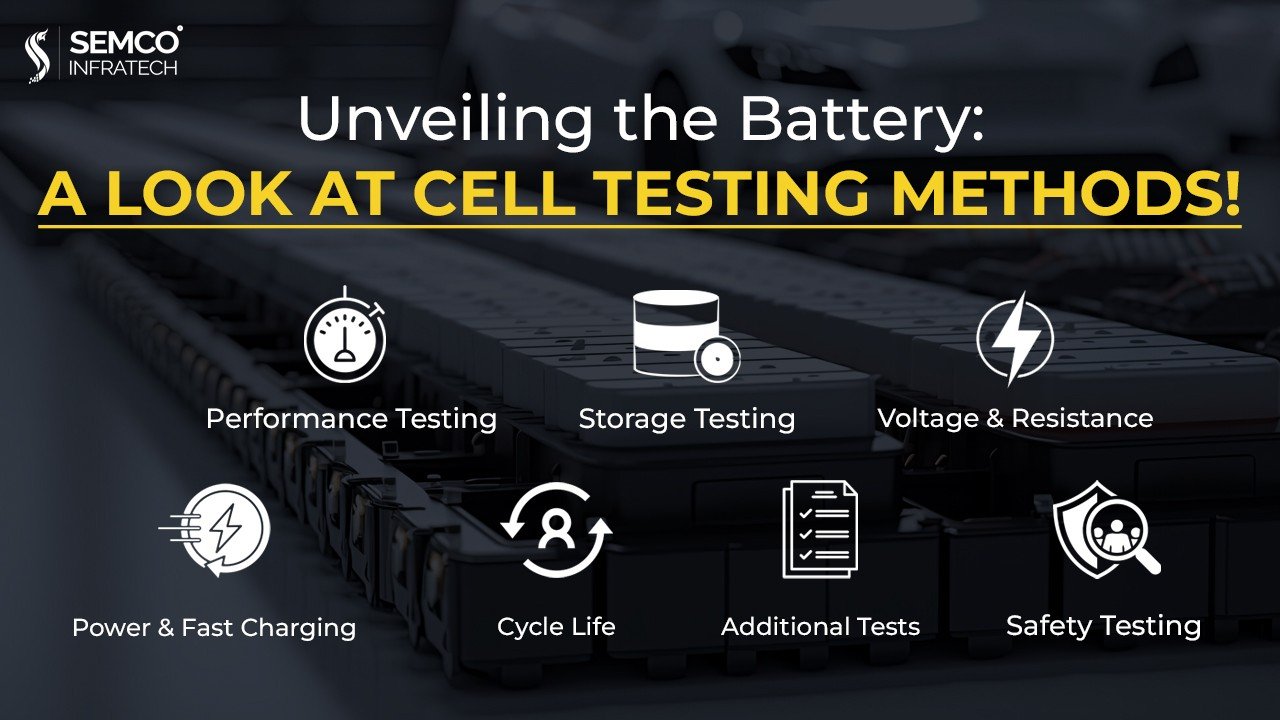Lithium-ion batteries play a vital role in our daily lives, providing essential power. However, the problem of Lithium-ion battery consistency is often overlooked. Variations between cells can cause quick capacity loss and shorter battery pack lifespans. Ensuring consistent performance in lithium-ion batteries is crucial, especially for power wheel and motorcycle applications.
Battery Consistency Defined
Battery consistency encompasses voltage, capacity, internal resistance, lifespan, temperature sensitivity, and self-discharge variations among identical cells in a battery pack. These differences, which emerge post-production, accumulate over time due to diverse usage environments, leading to accelerated performance decline and early battery pack failure.

Inconsistencies in Lithium-ion Batteries
Inconsistencies manifest in two main aspects: variations in battery performance parameters (capacity, internal resistance, and self-discharge rate) and differences in battery charging status (SOC). Capacity differences follow a Weil distribution, with internal resistance showing more significant dispersion. Additionally, SOC, representing the charging state, impacts the Lithium-ion battery’s capacity attenuation rate.
Factors Contributing to Battery Instability
Several factors contribute to battery instability, primarily in the production and usage processes. In the production phase, factors such as slurry uniformity, coating density control, and water-based binder systems influence individual cell performance. During usage, connection methods, structural components, environmental conditions, and energy consumption disparities amplify inconsistency.
Enhancement Methods for Lithium-ion Batteries
To address these challenges, manufacturers and engineers have developed several Lithium-ion battery optimization techniques. These methods focus on improving battery consistency, performance, and longevity.

Production Process Control:
- Control raw material selection for consistent particle size and performance.
- Rigorously control the entire production process, including slurry stirring, coating machine speed, and quality checks.
Material Grouping Process Control:
- Measure and group batteries based on voltage, capacity, and internal resistance for consistent initial performance.
Use and Maintenance Process Control:
- Implement real-time Battery consistency testing during assembly and usage.
- Adopt a balanced management system to intelligently manage battery performance.
- Implement thermal management to maintain consistent working temperatures.
Lithium-ion Battery Assembly Methods:
- Utilize Battery cell consistency management techniques like voltage matching, capacity matching, internal resistance matching, multi-parameter matching, and dynamic feature matching methods.
Improving Lithium-ion Battery Performance:
Ensuring consistent lithium-ion battery performance is essential for extending battery life and reliability. Lithium-ion battery optimization techniques such as dynamic feature matching and thermal management contribute significantly to battery reliability improvement.
Battery Performance Enhancement Strategies:
By adopting Battery life enhancement methods, industries can optimize Lithium-ion battery durability methods for long-lasting usage. Lithium-ion battery stability techniques focus on maintaining battery performance over time, reducing wear, and enhancing battery quality control techniques throughout production.
Consistency in Lithium-ion Battery Production:
Strict control in the Lithium-ion battery production process, combined with Battery performance enhancement strategies, is crucial for achieving advanced lithium-ion battery enhancement. Improving lithium battery efficiency and longevity ultimately enhances their widespread adoption for diverse applications.
Conclusion
Addressing Lithium-ion battery inconsistency is pivotal for their widespread adoption. Strict control in the production process, effective material grouping, meticulous use and maintenance processes, and diverse assembly methods are crucial for achieving consistent battery performance. By adopting these measures, the industry can enhance the reliability and longevity of Lithium-ion batteries, making them more viable for diverse applications.





